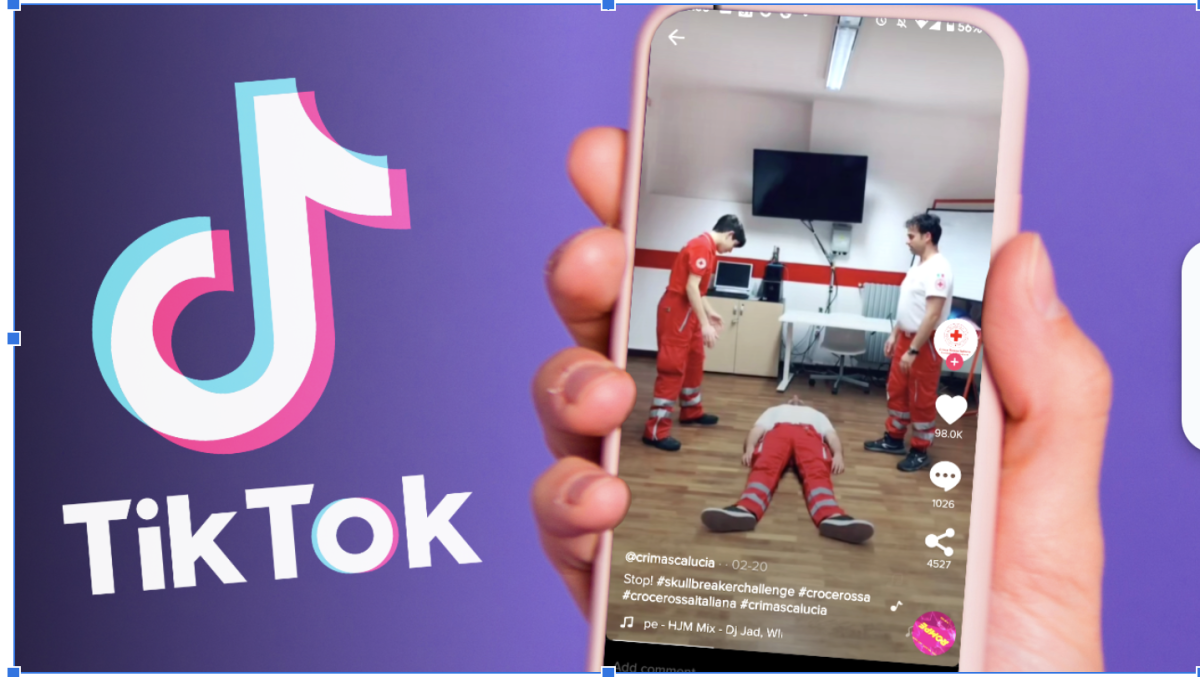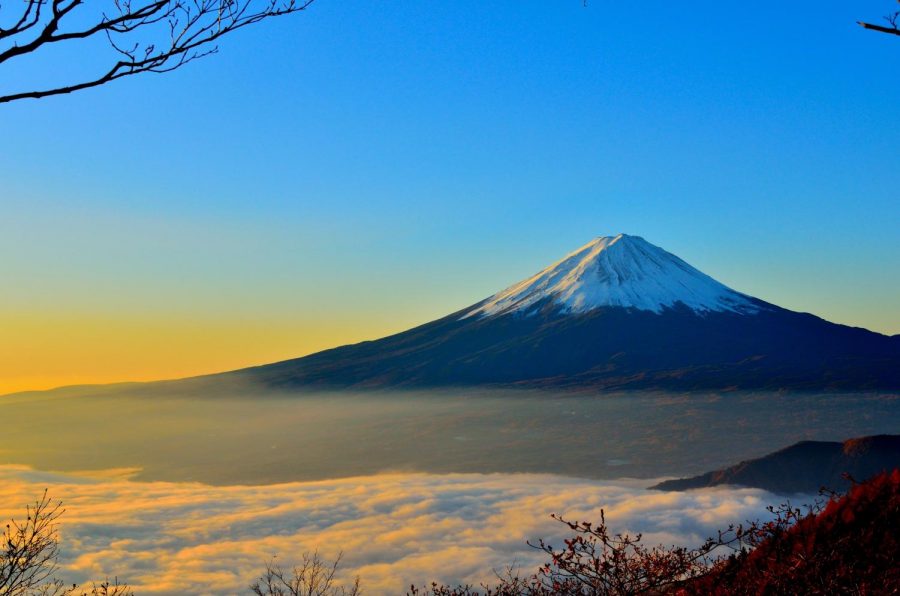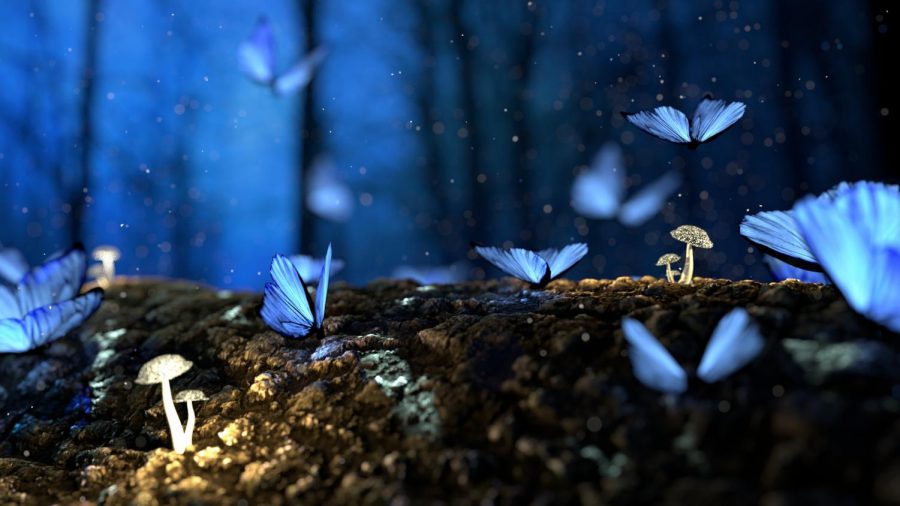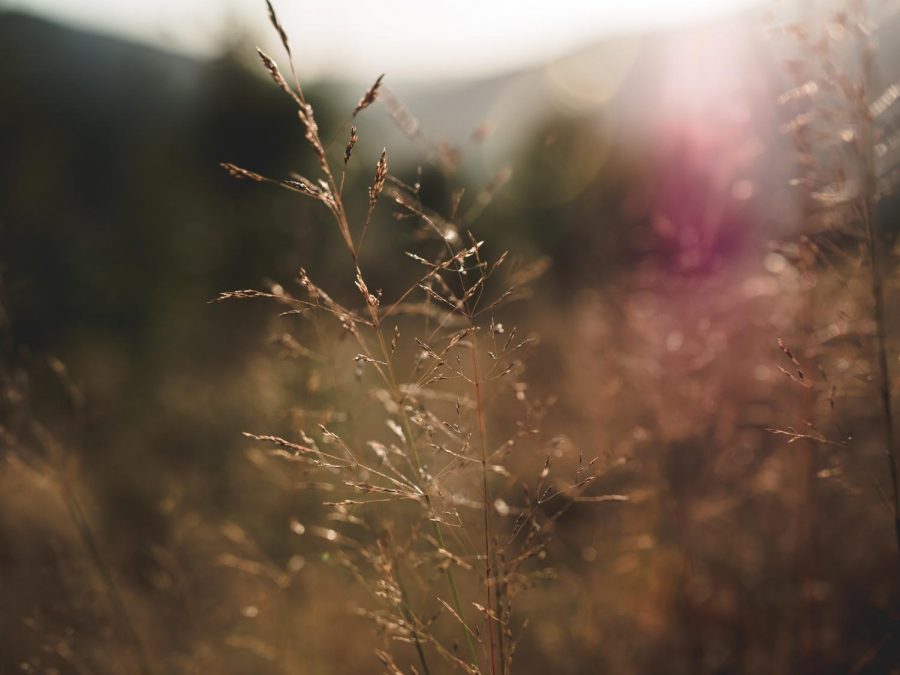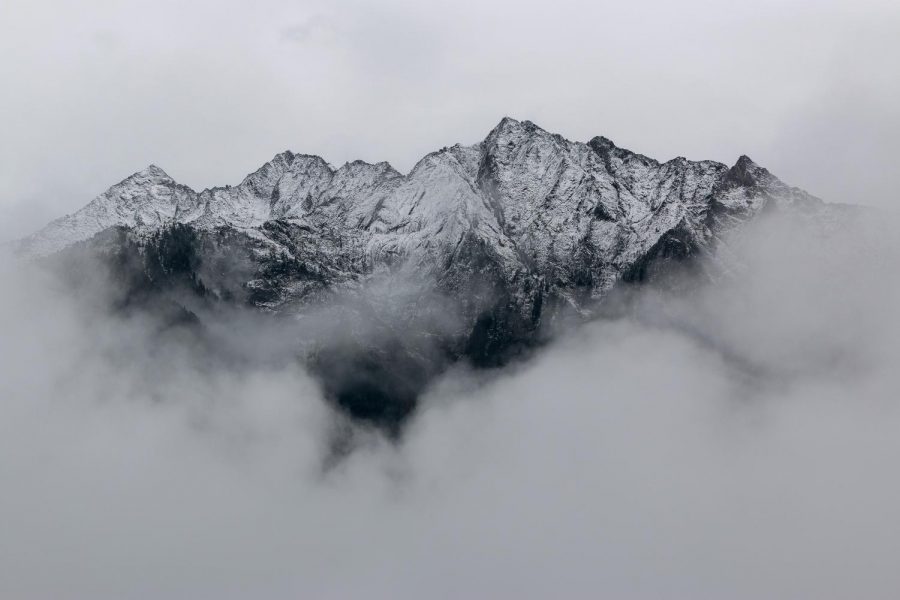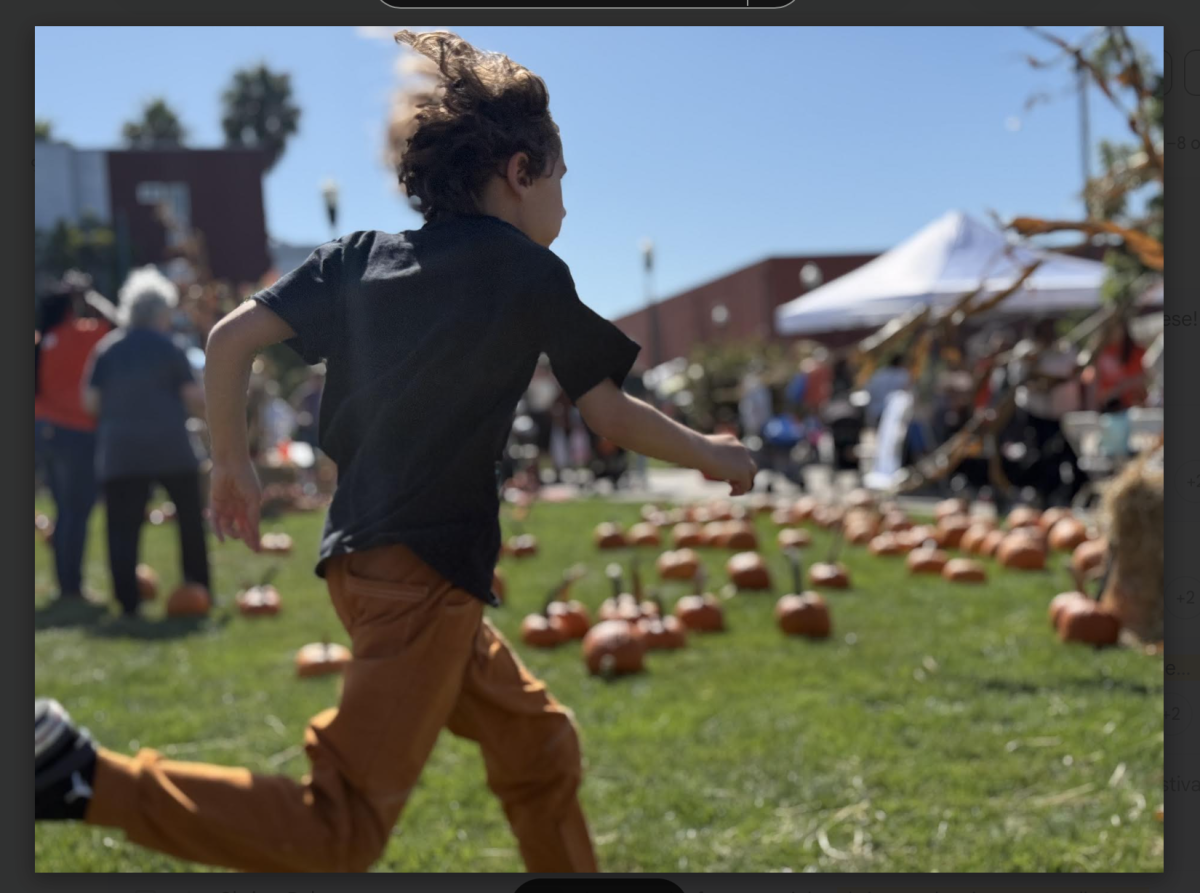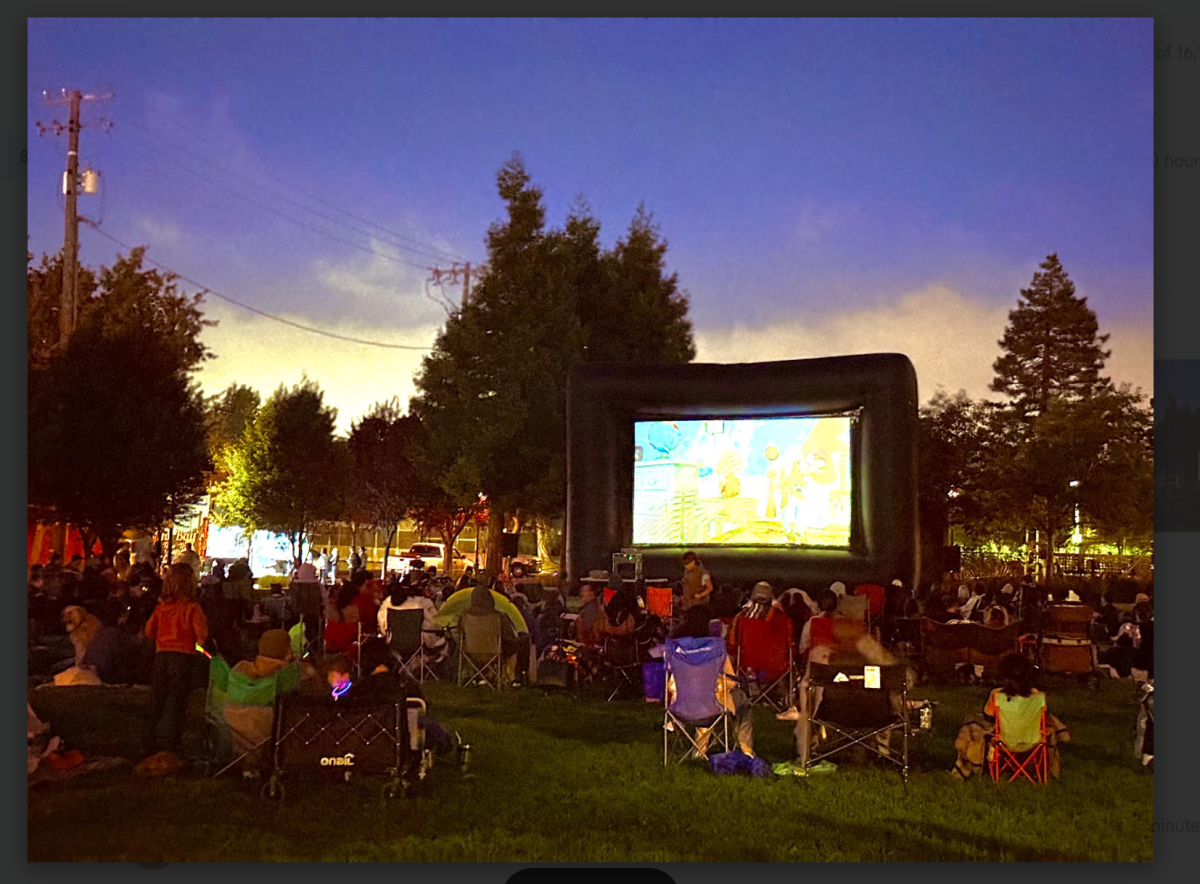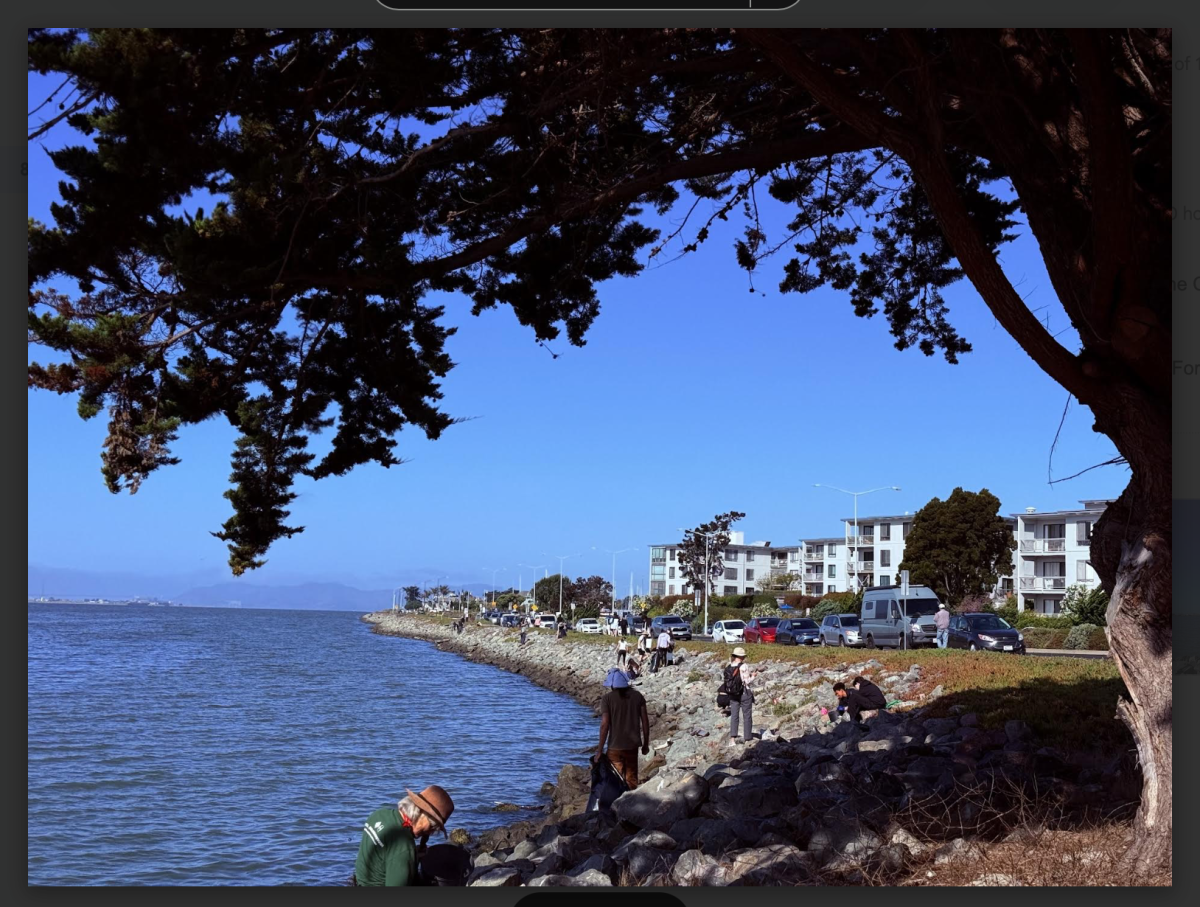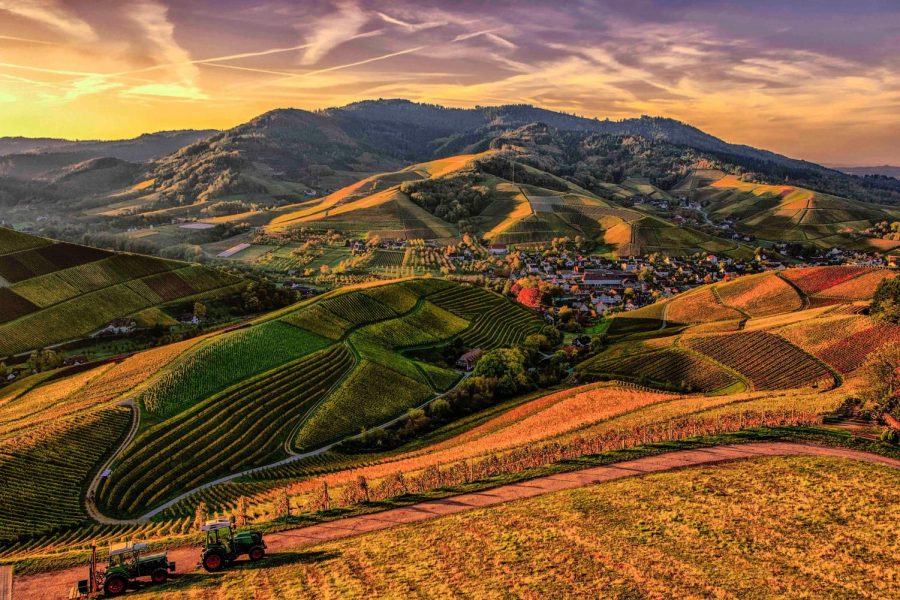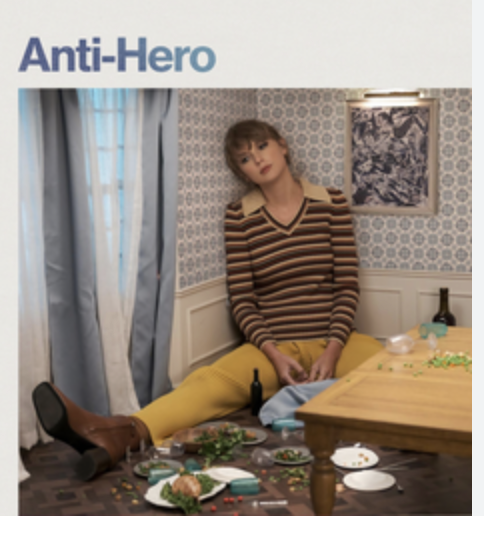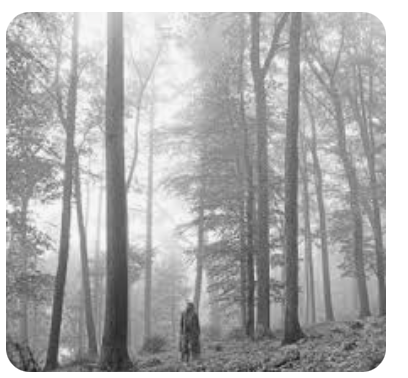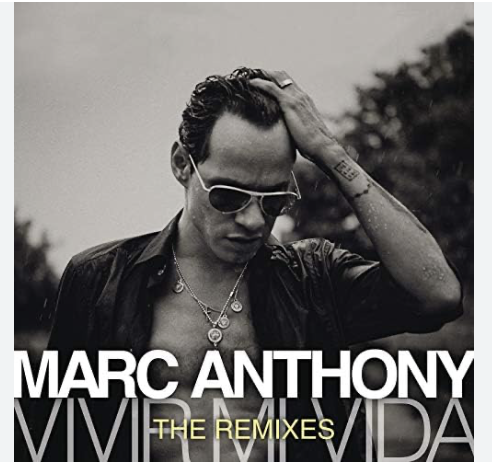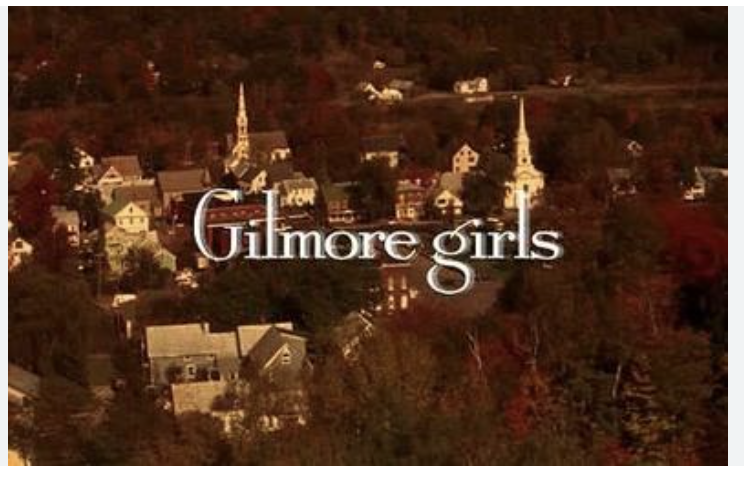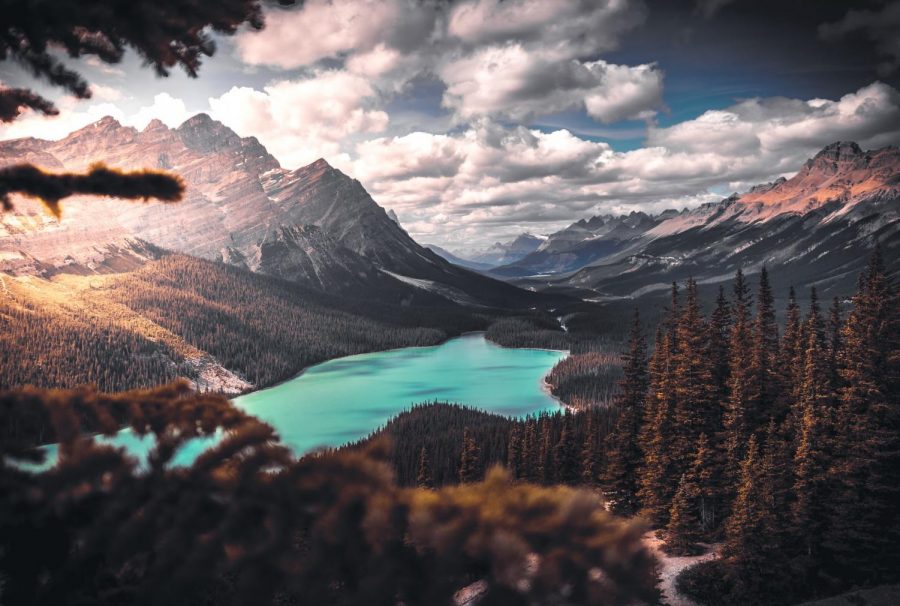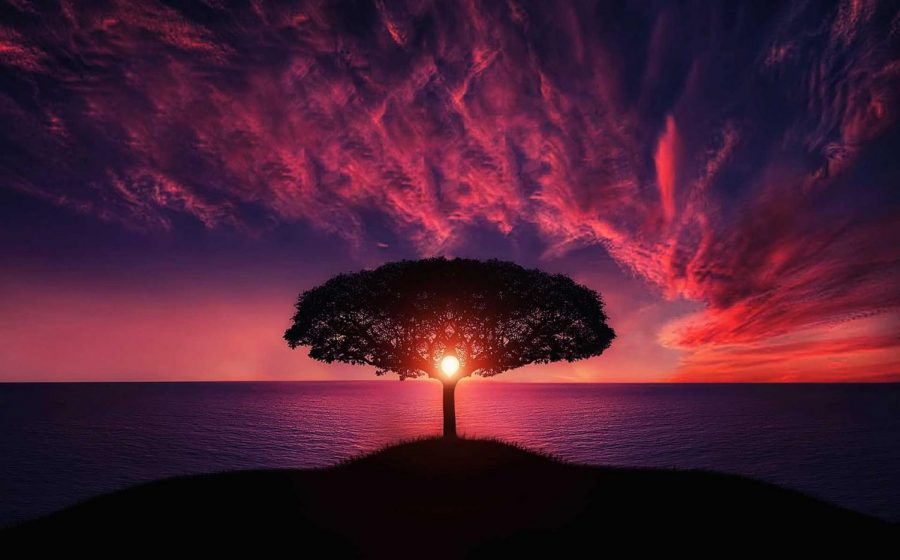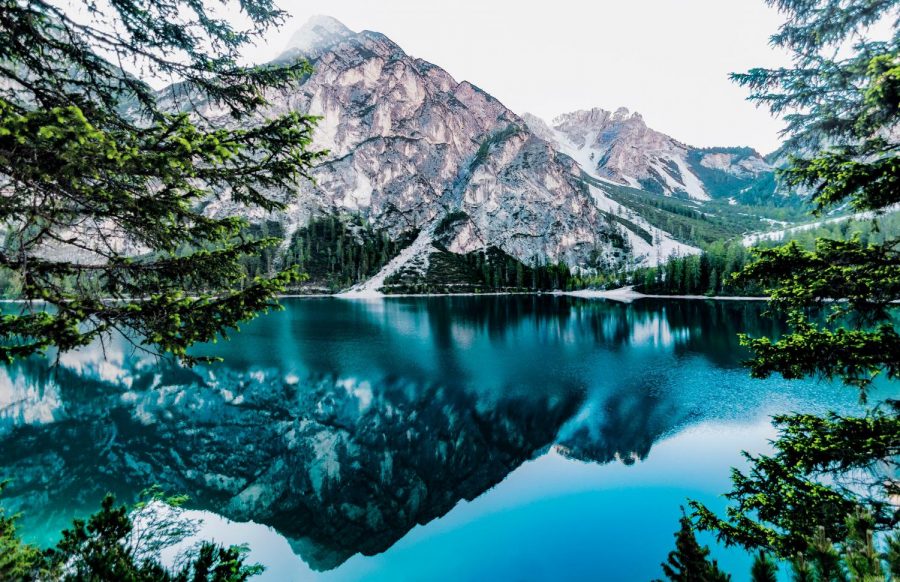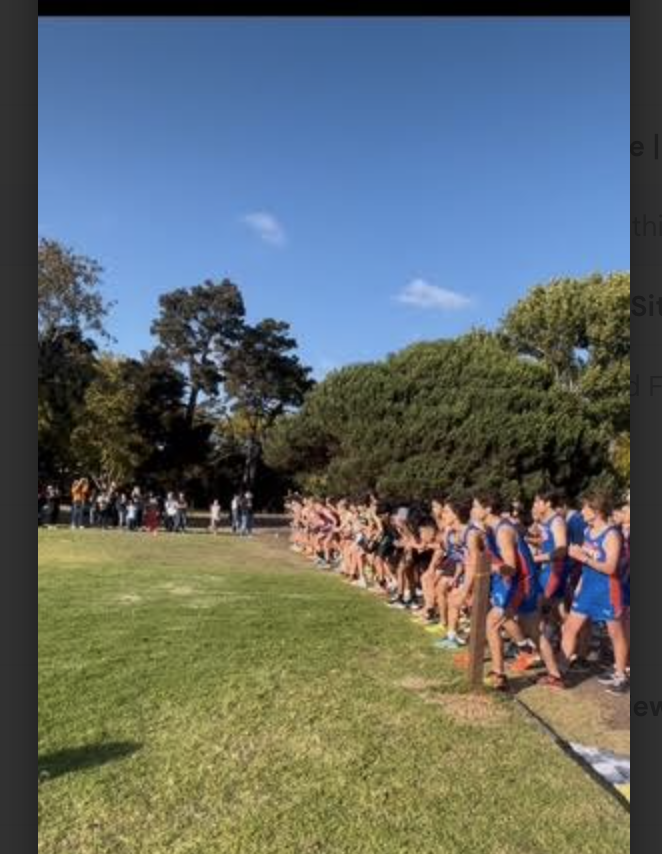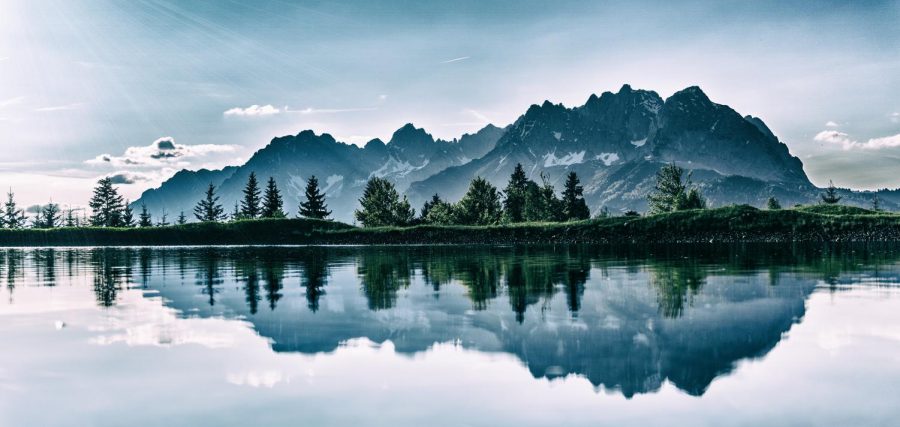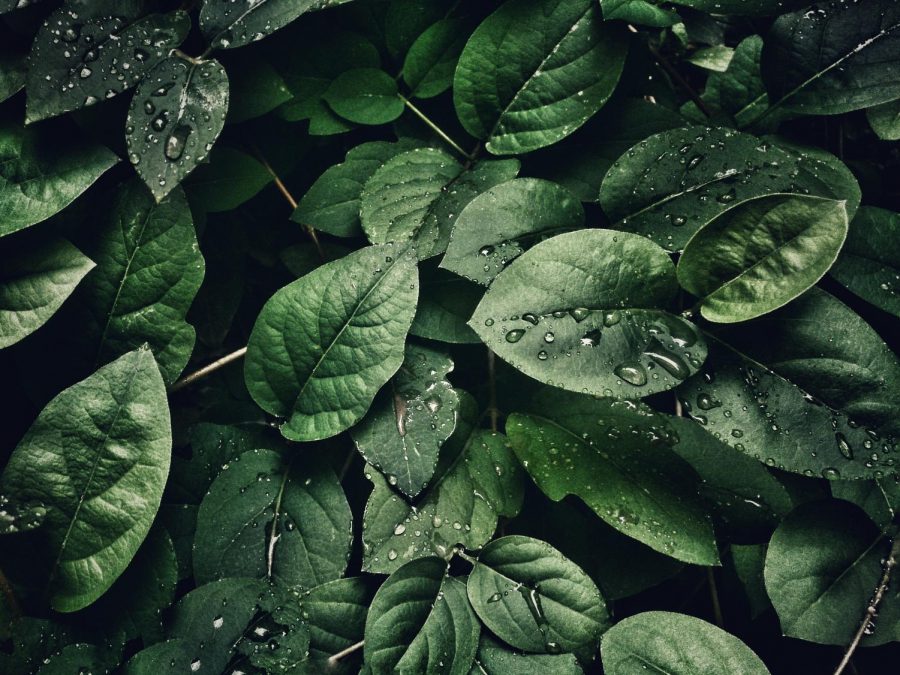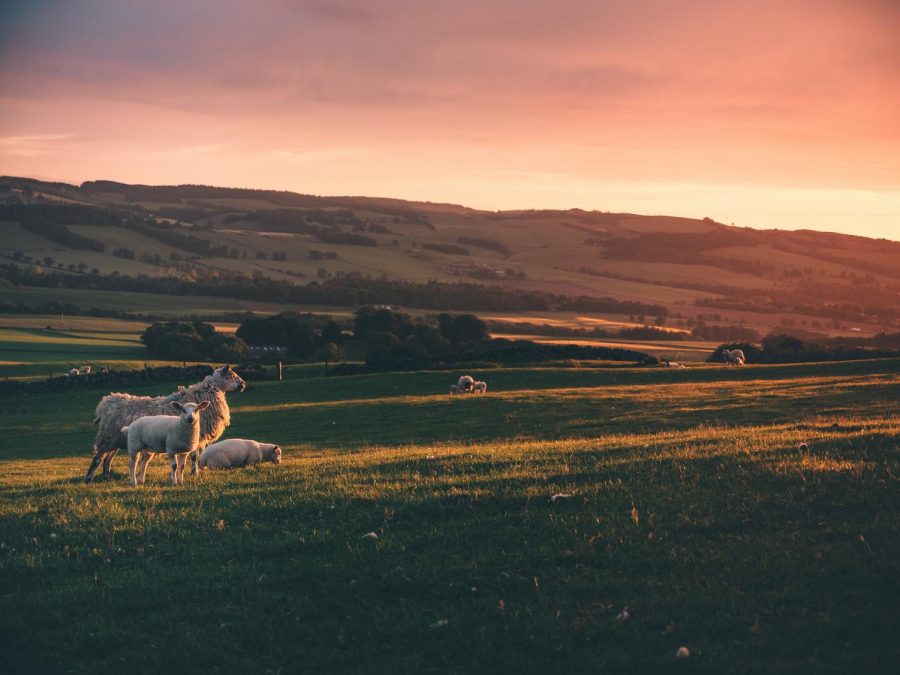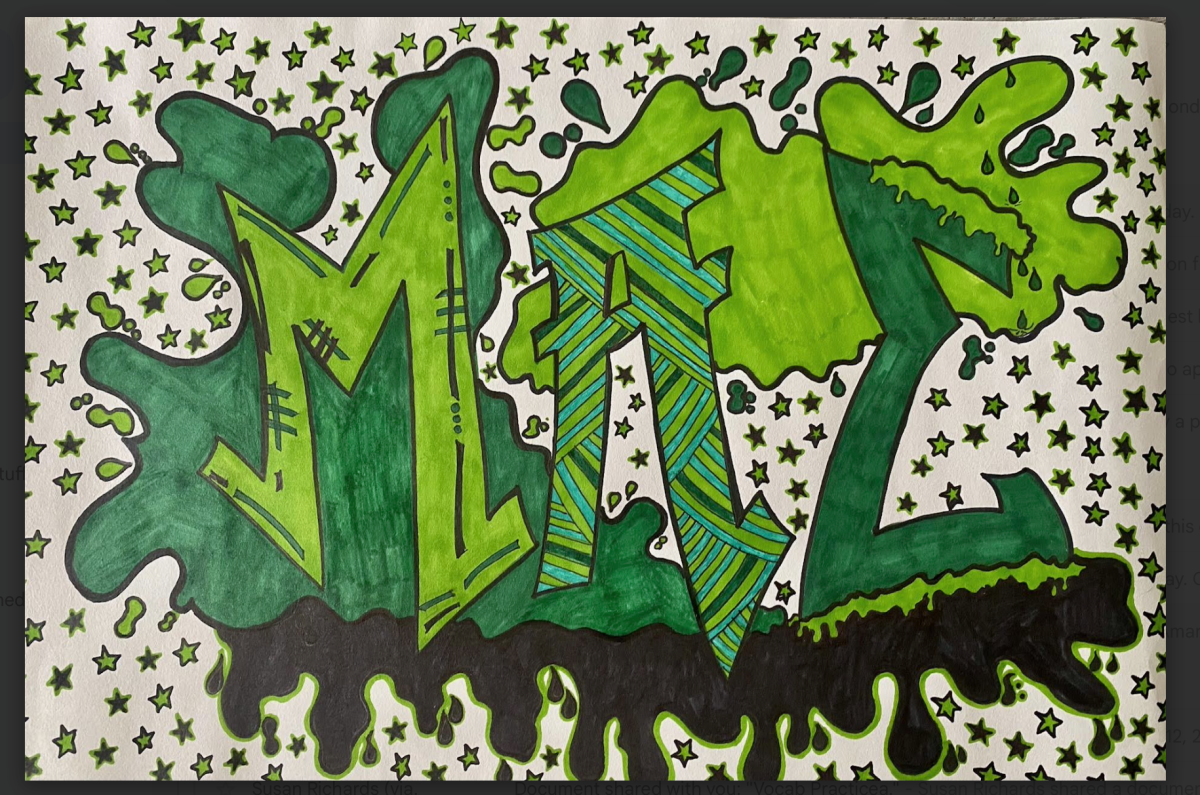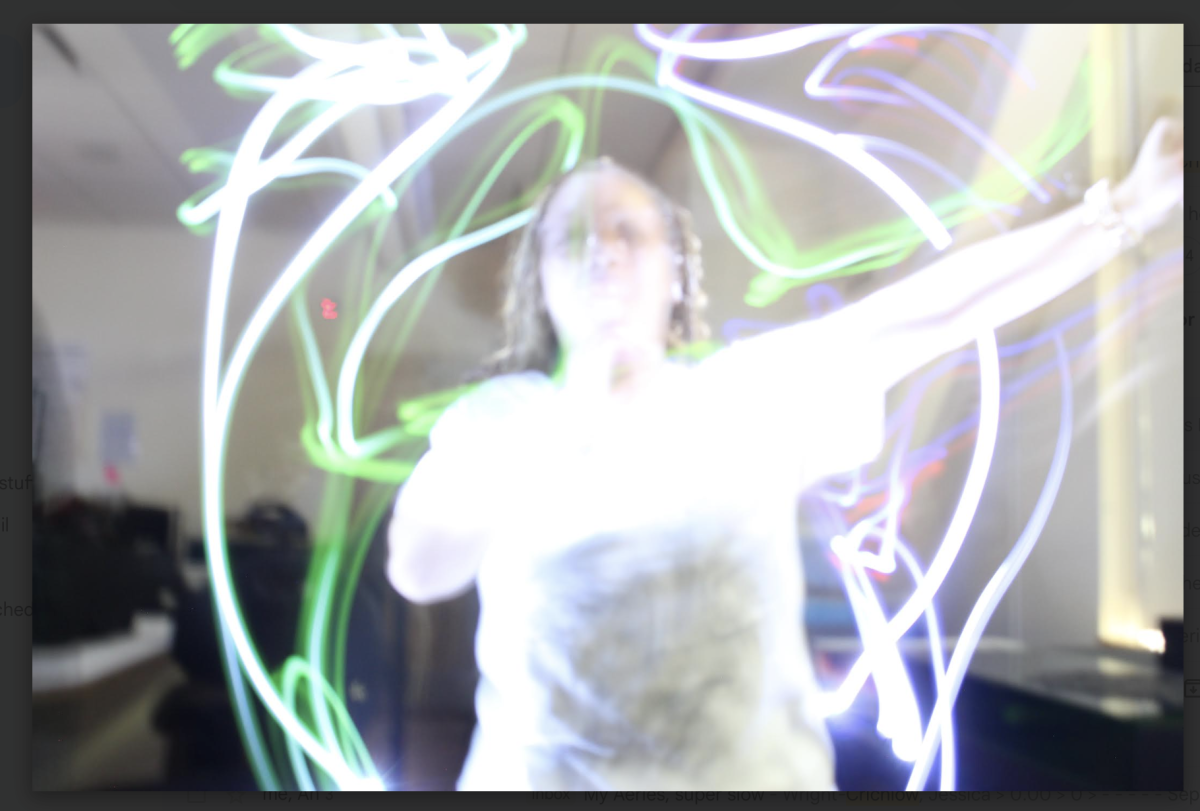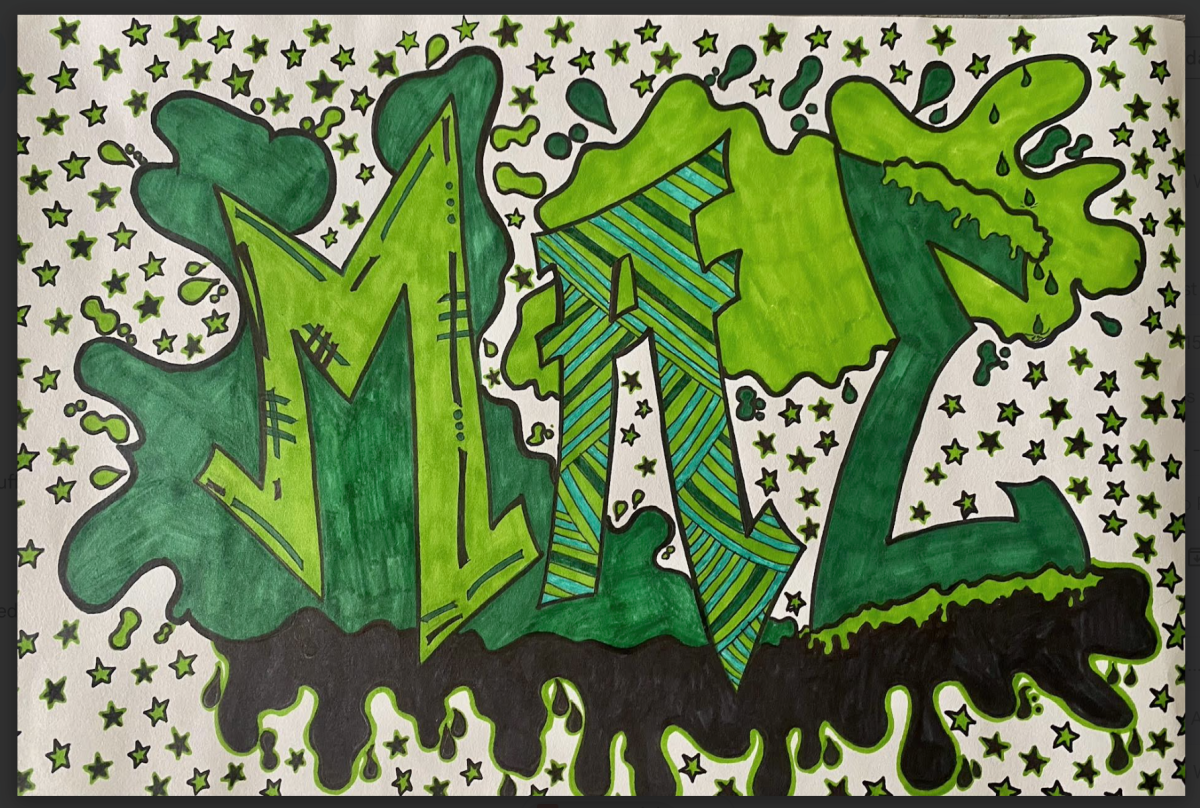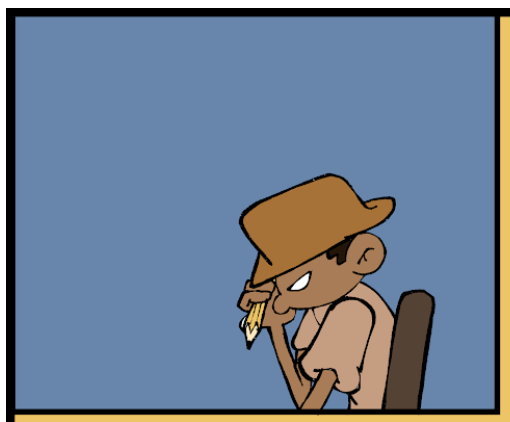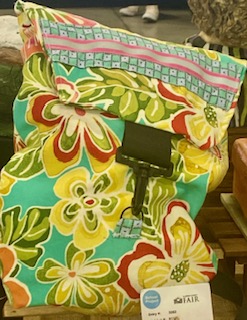It’s funny how a thing can be so big, so loud, and so desperate to be seen, and still manage to quietly become part of the background of your day. That’s murals for you: giant rectangles of paint, paste, and occasionally glue, slapped onto walls like an art teacher had a nervous breakdown in the halls. Most of us pass by without so much as a look, and yet there are more character on these walls than on half the student population.
Let’s talk about the styles, because apparently, there’s a pecking order among wall art too. First, the runaway winner: graffiti. Yes, the tags, the wildstyle letters that seem intentionally illegible, and the neon splatters that make you question your eyesight. Graffiti thrives on chaos, energy, and rebellion. It’s the adolescent cry of “I was here! ” in spray paint form, with the penchant for covering up what was there prior. But don’t be fooled: under the apparent anarchy, there is intent.
There is linework so fine it would make a surgeon jealous, curves that flow like water, and color gradations that would make any Photoshop filter proud. And then there is the planned mural, where someone clearly was worried about such things as perspective, shading, and the fact that not everything needs to look like the inside of a firecracker explosion. These murals have neat lines, recognizable figures, and clever details hidden in corners if you bother to look. They tell stories, sometimes literal, sometimes allegorical, and sometimes moralistic in ways that make you question life decisions as you walk by. They exist in a strange tension with graffiti: the anarchic and the orderly, spontaneity and premeditation.
Some walls even blend the two—graffiti background, covered with careful drawings, consisting of what can only be described as “a beautiful argument on cement.” Beyond style, there are trends. Faces, hands, and eyes dominate—most likely because humans are wired to pick out people, even on walls. Abstract shapes, geometric patterns, and surrealist figures make appearances as well, most likely from the same guy who buys too many notebooks with “artsy” covers. And then there’s the copycat effect: if one mural features a giant rainbow cat skateboarding through space, then somebody else gets the cosmic inspiration to one-up it with a giant llama on roller skates.
It’s less about originality and more about one-upping absurdity, which, let’s be honest, makes the walls a bit more interesting than your average Monday morning walk to school. Murals can be deceptively technical. A wall can seem a jumbled mess from afar, but step closer and note the layering: background gradients, midground patterning, and foreground focal points that guide the eye whether you intend them to or not. The color palette is aggressive or understated; complementary colors clash or vibrate in ways that have you wondering if the artist secretly studied color theory or just has good instincts.
Shadows and line thickness are used to suggest depth on what is, after all, a two-dimensional surface—rather like a magician performing tricks on concrete.
The kicker is we don’t notice most of it. Our brains have taught themselves to skate past what isn’t relevant: fluorescent light buzz, the exact beige of walls, and apparently, murals. Which is too bad, because art is trying so hard with no expectation, and most of us are moving around like it’s wallpaper that every now and then sneezes color at us.
